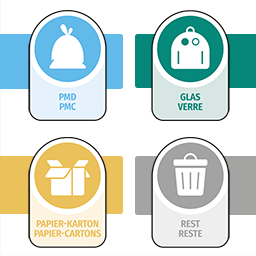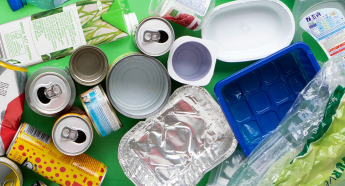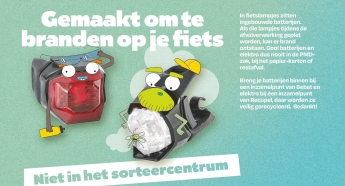Sorting at home
Sorting more and better together
By sorting at home, you are helping to create a better living environment and a cleaner planet. Because thanks to your efforts, we can give packaging a new life. That means we need fewer raw materials, we save energy and we emit less CO2.
This page tells you how to sort correctly PMD, Paper-Cardboard and Glass at home and what you can do to make recycling easier.
Plastic packaging
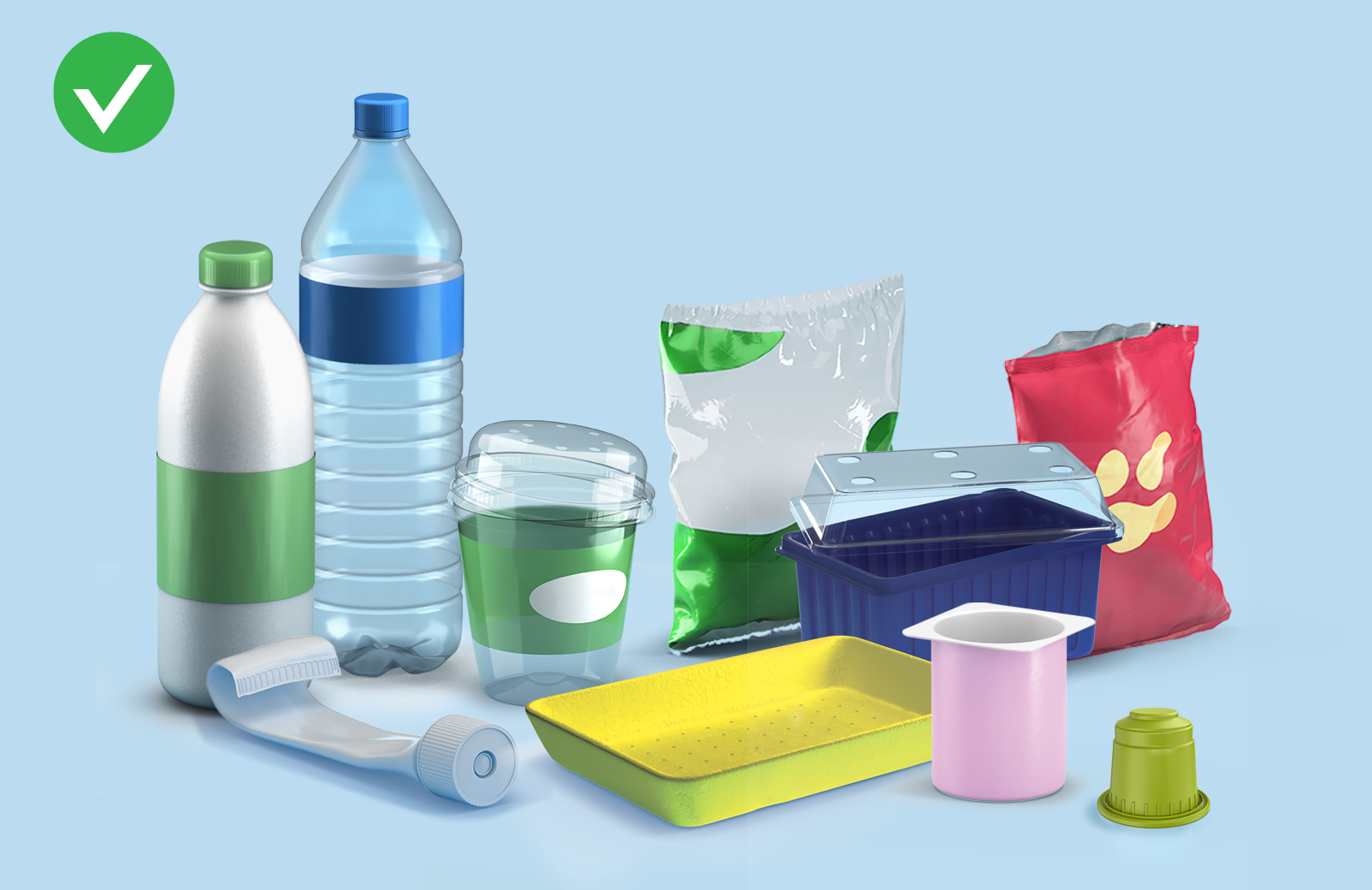
- Bottles and containers
- Dishes, tubs and trays
- Pots and tubes
- Films and bags
- Beverage capsules
Metal packaging
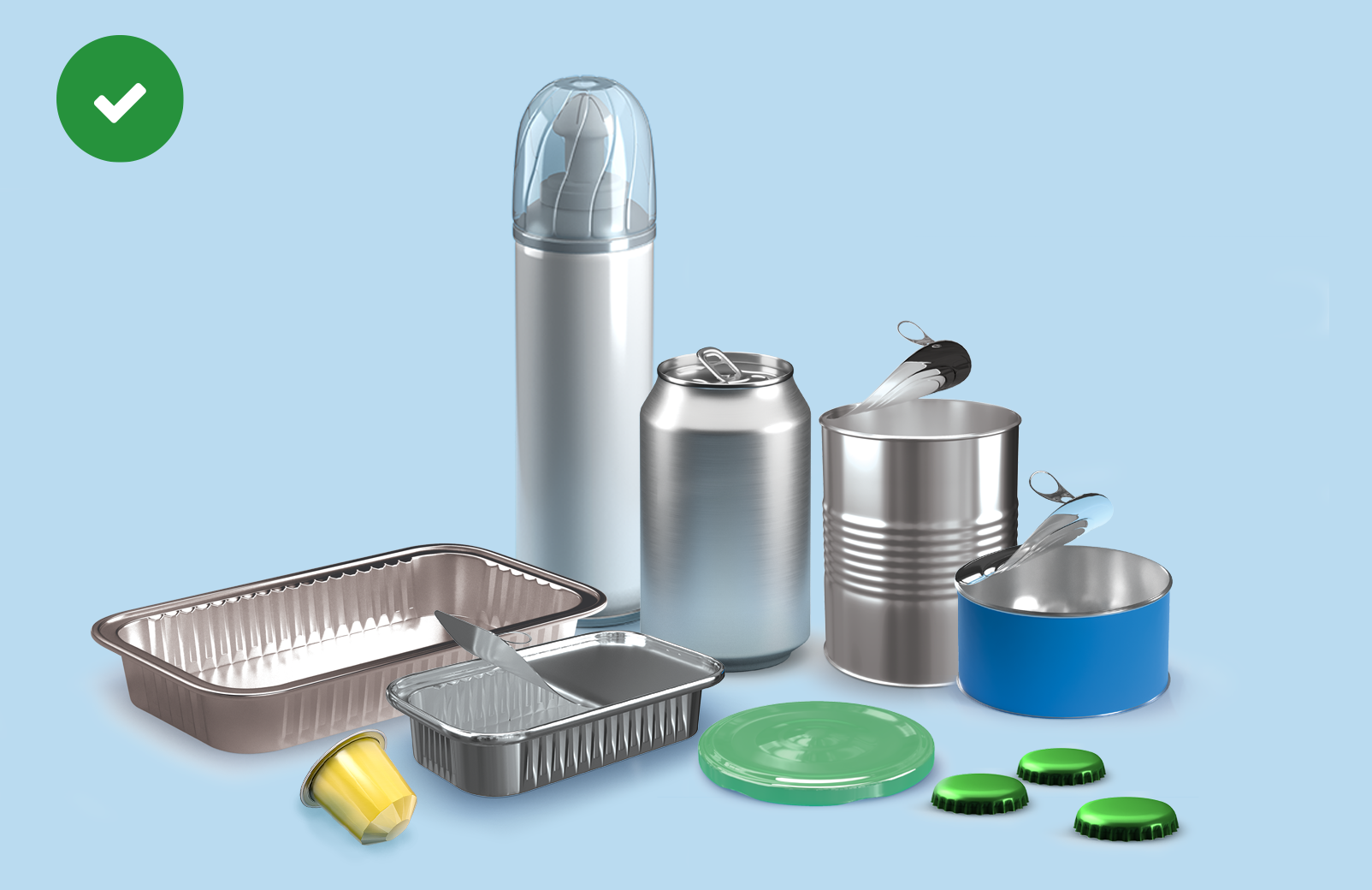
- Drinks and food cans
- Aerosols spray cans
- Aluminium trays and dishes
- Lids, tops and crown caps
- Beverage capsules
Drinks cartons
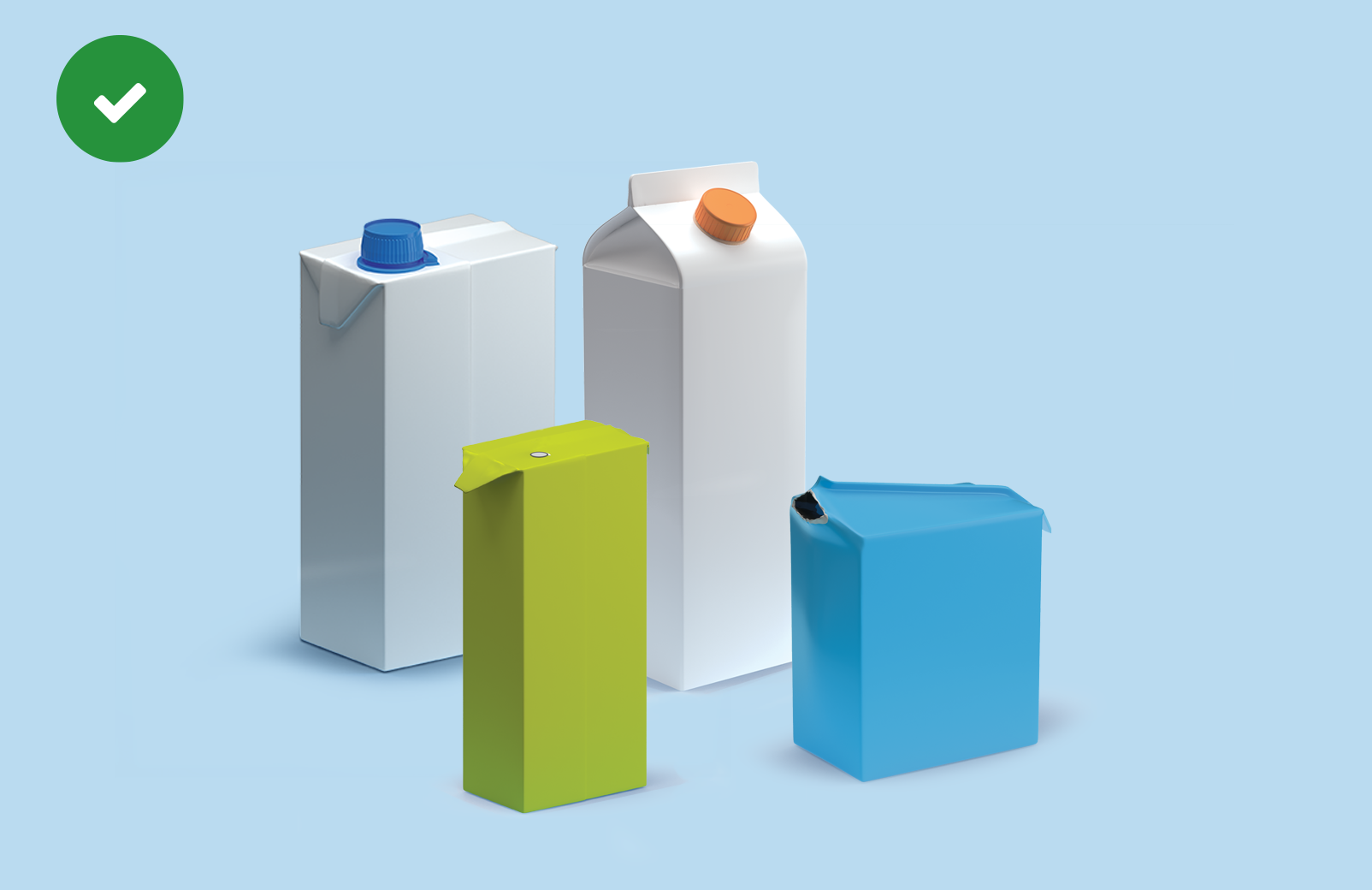
- For milk and fruit juice, but soup or cream, too.
What's not allowed with PMD?

Batteries and electrical appliances
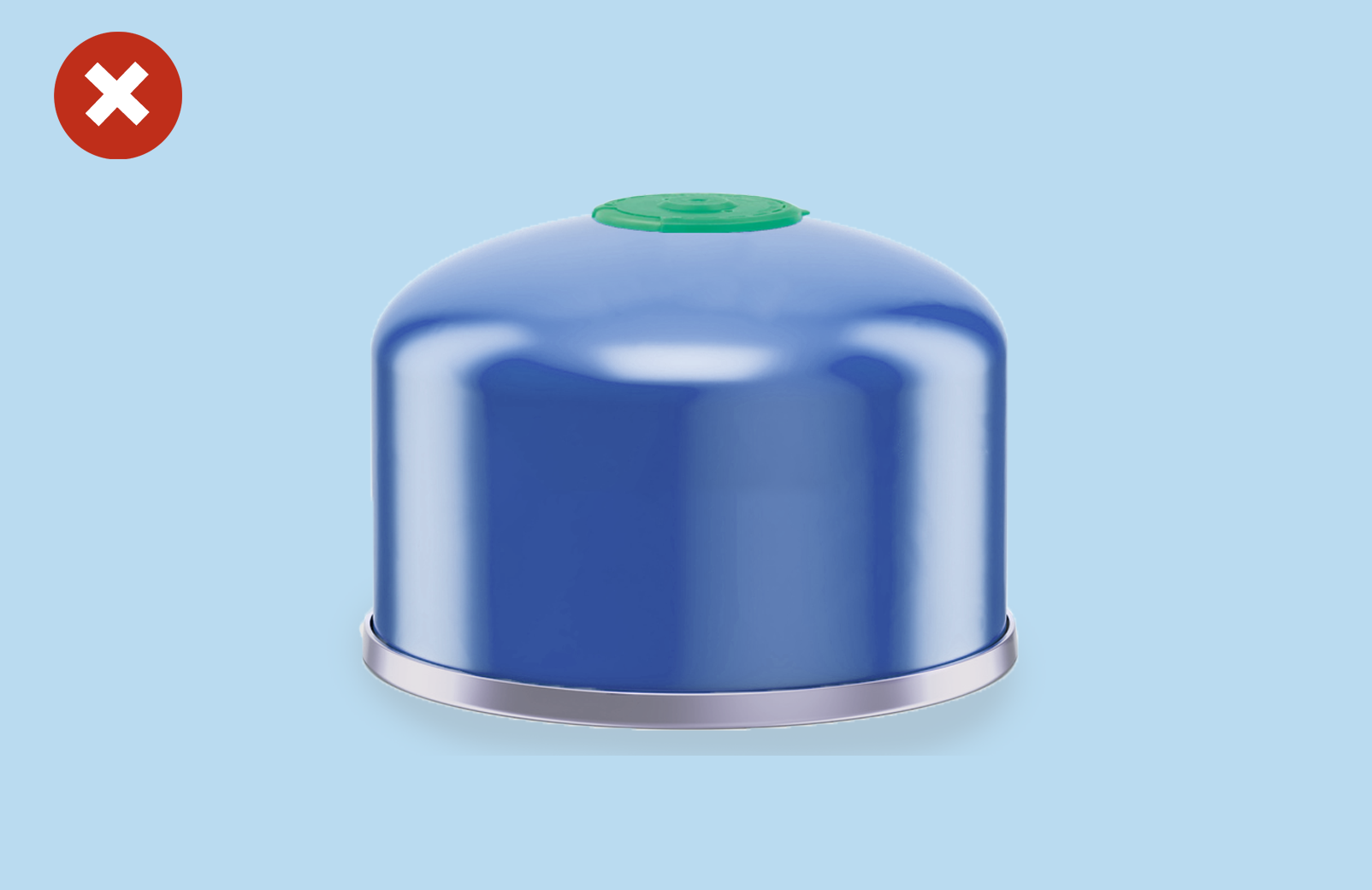
Gas cylinders
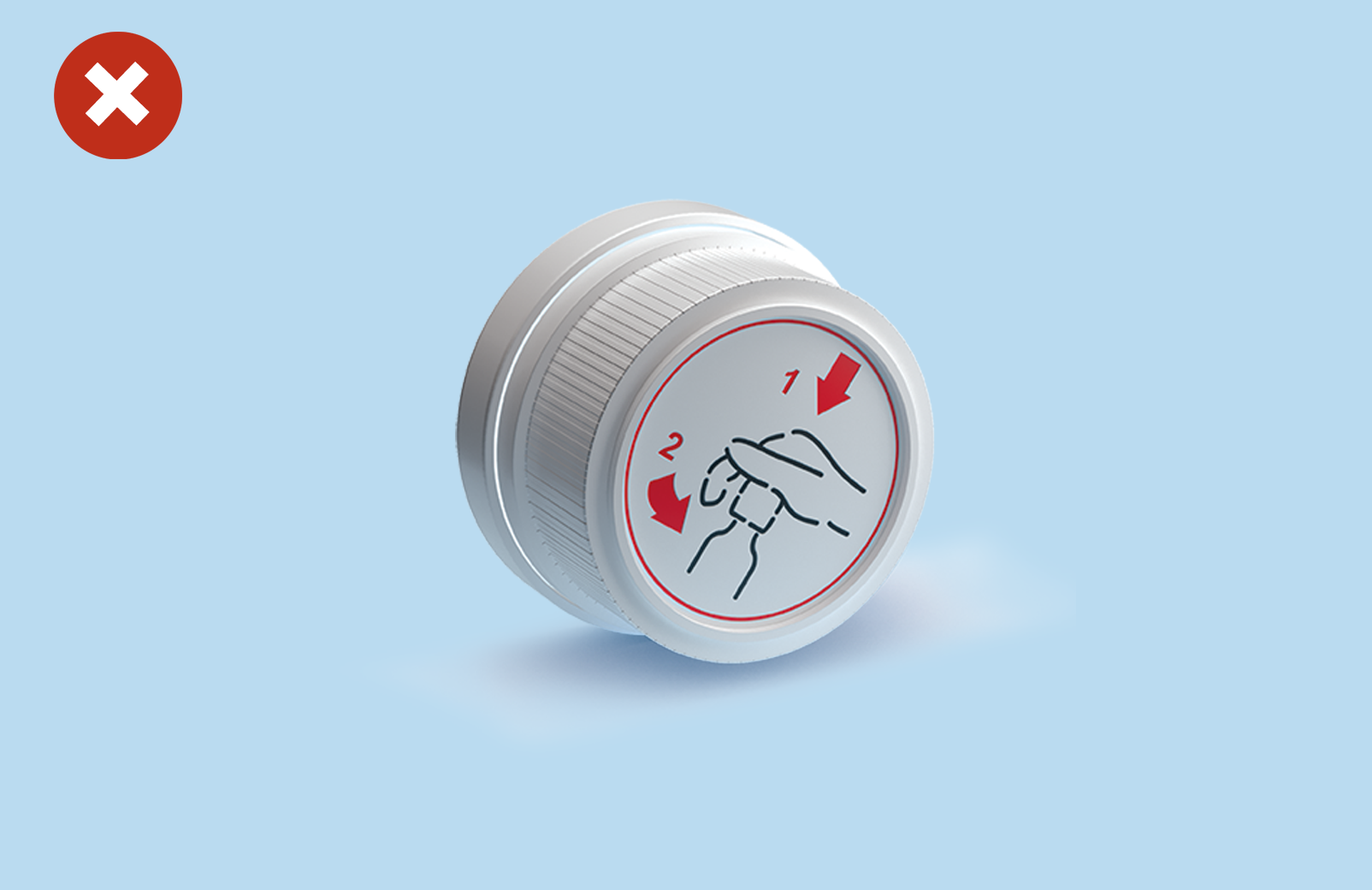
Packaging with a childproof closure
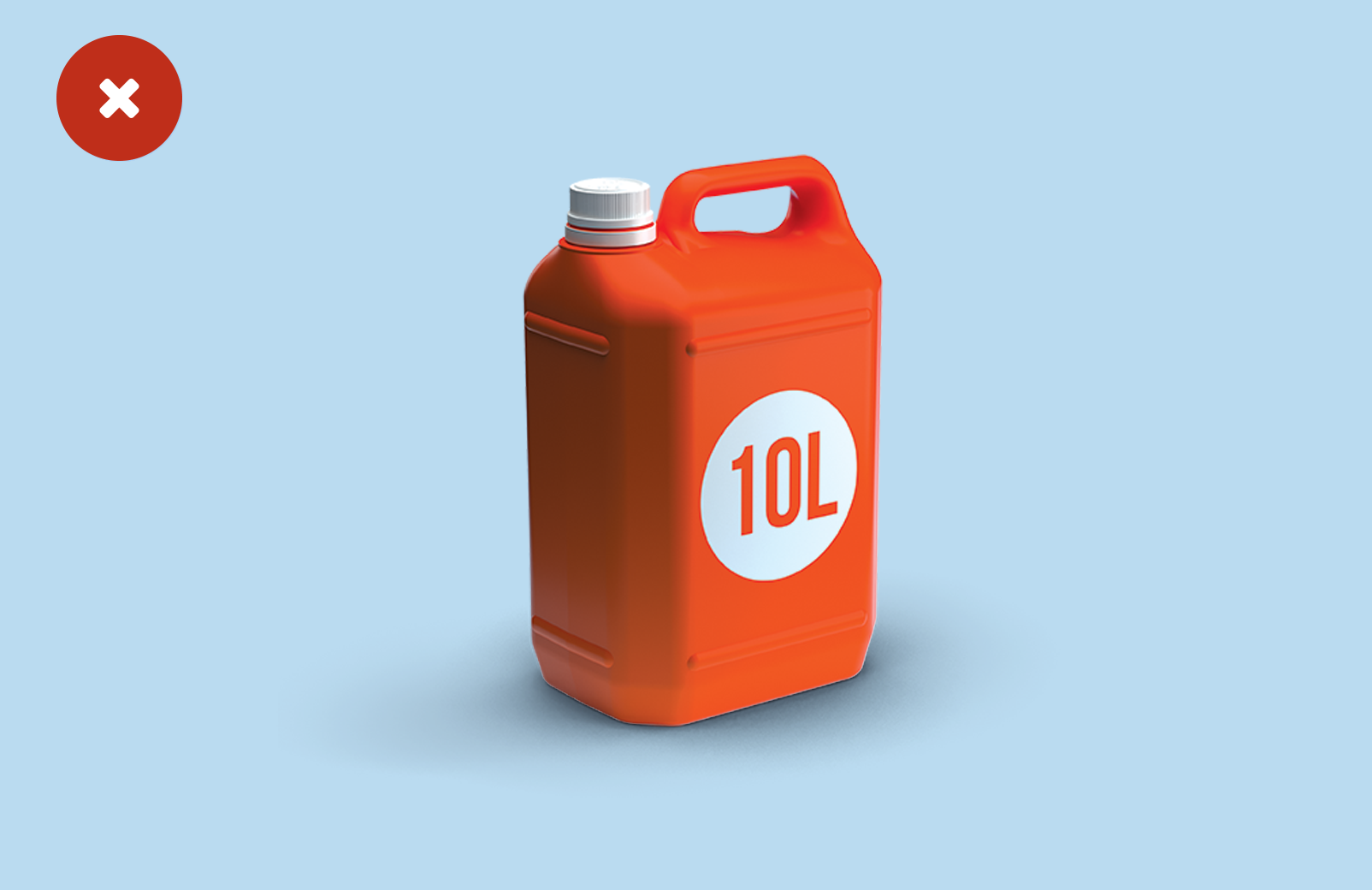
Packaging of more than 8 litres

Expanded polystyrene
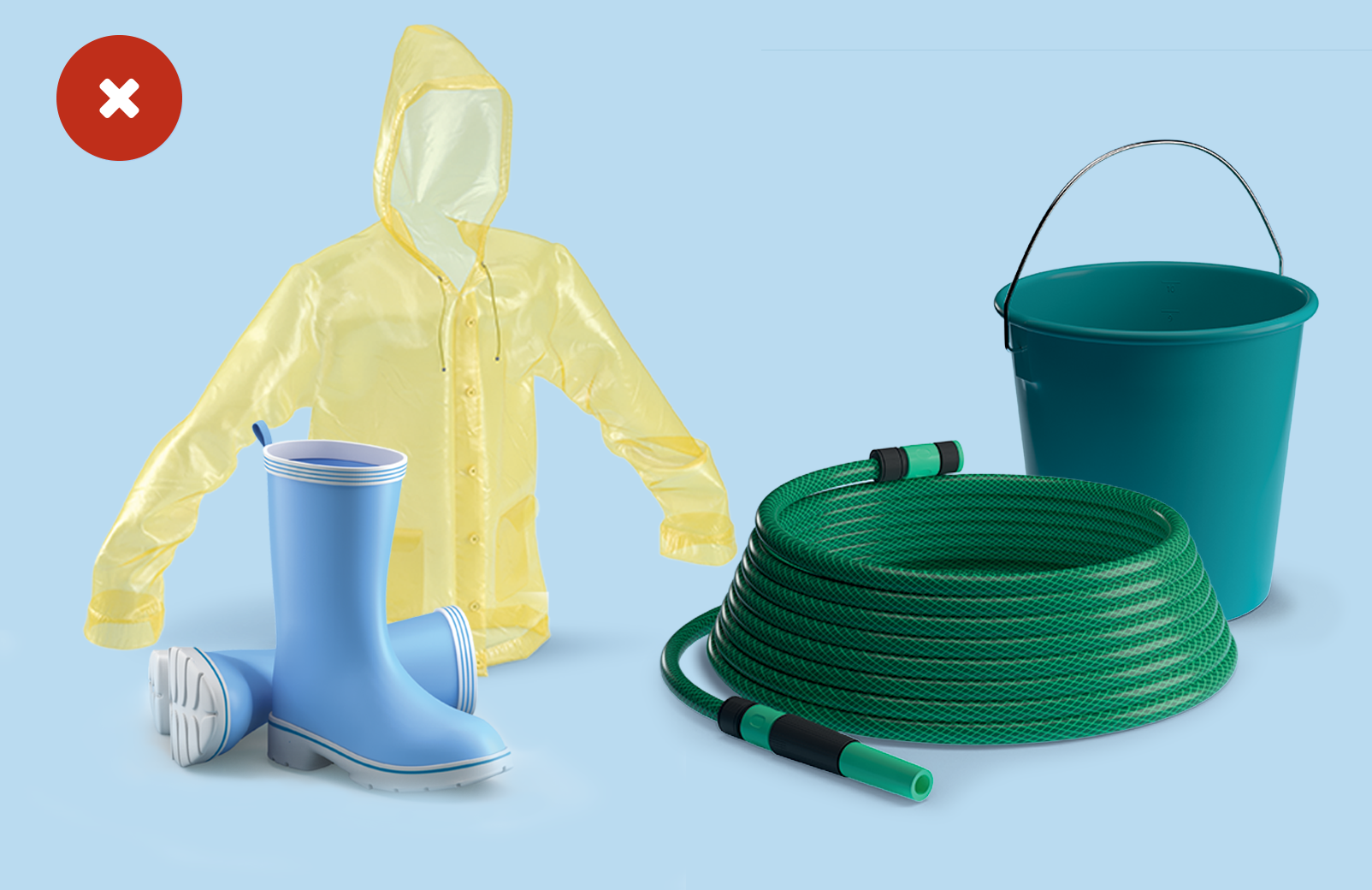
Other items
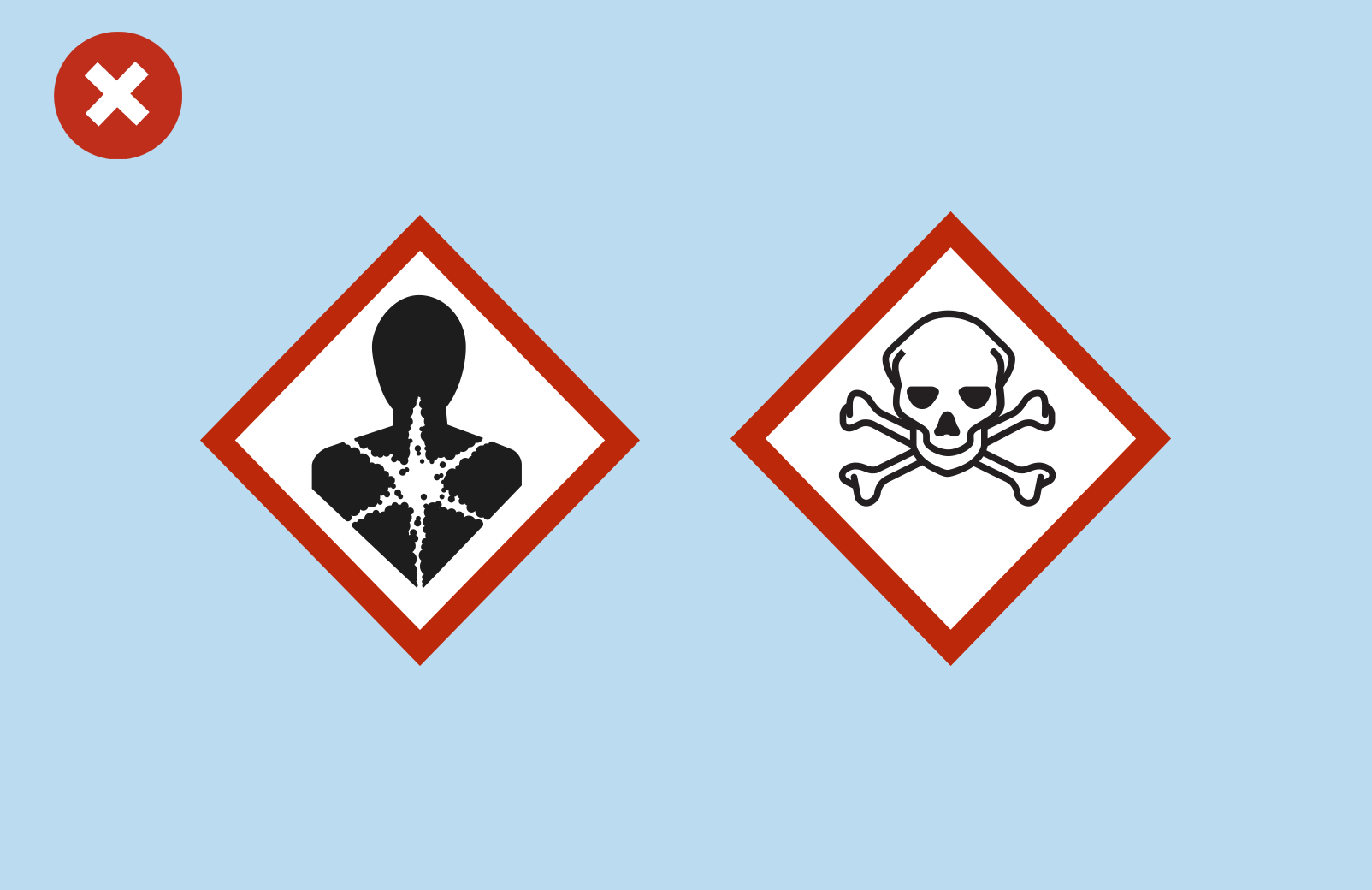
Packaging with at least one of these pictograms
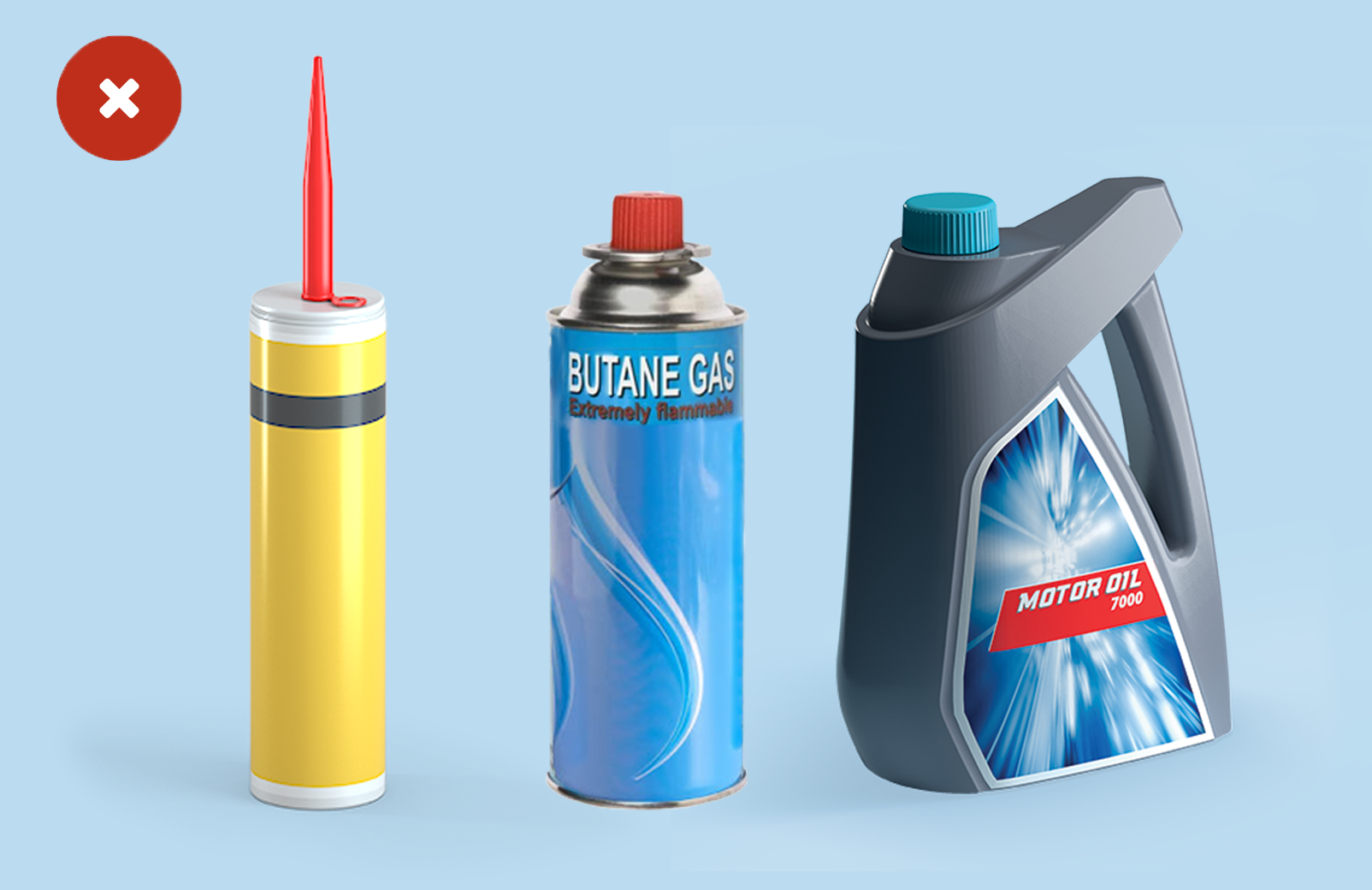
Motor oil, lubricants, pesticides, fuels, adhesives, paints and varnishes, silicone sealants packaging
Tips for better recycling
- Empty bottles or other packaging completely.
- Squash plastic bottles flat lengthways, put the lid on and save space in the bag.
- Remove the plastic film from dishes and throw it into the bag separately.
- Remove full body sleeves from teh bottle and throw them separately into the blue bag.
- Do not stack anything.
- Do not put filled bags in the PMD bag.
- Do not attach anything to the outside of the PMD bag.
What's allowed with Paper-Cardboard
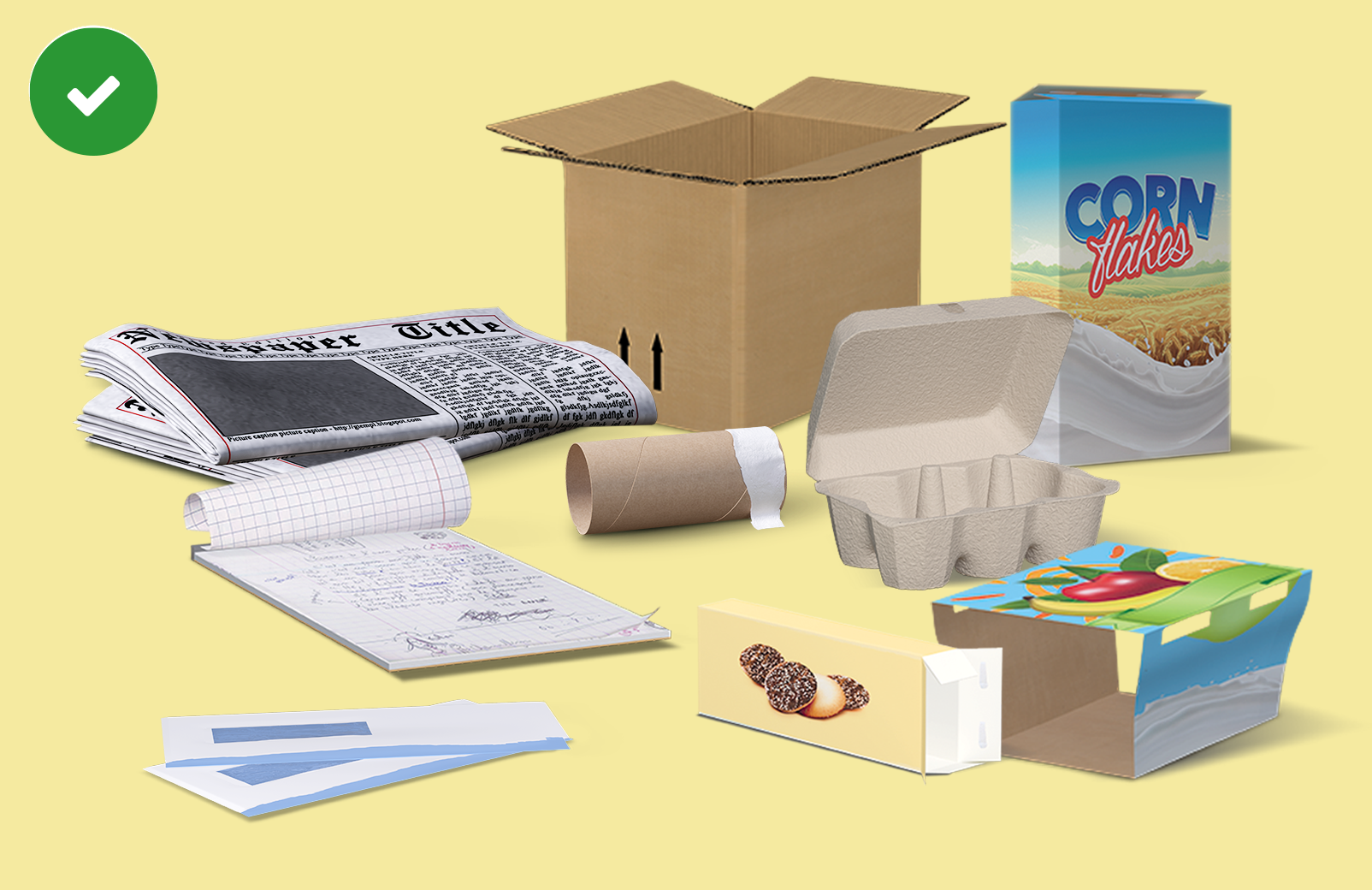
- Newspapers and magazines
- Folders without the plastic packaging
- Printing paper
- All paper and cardboard packaging: boxes, bags and rolls
What's not allowed with Paper-Cardboard
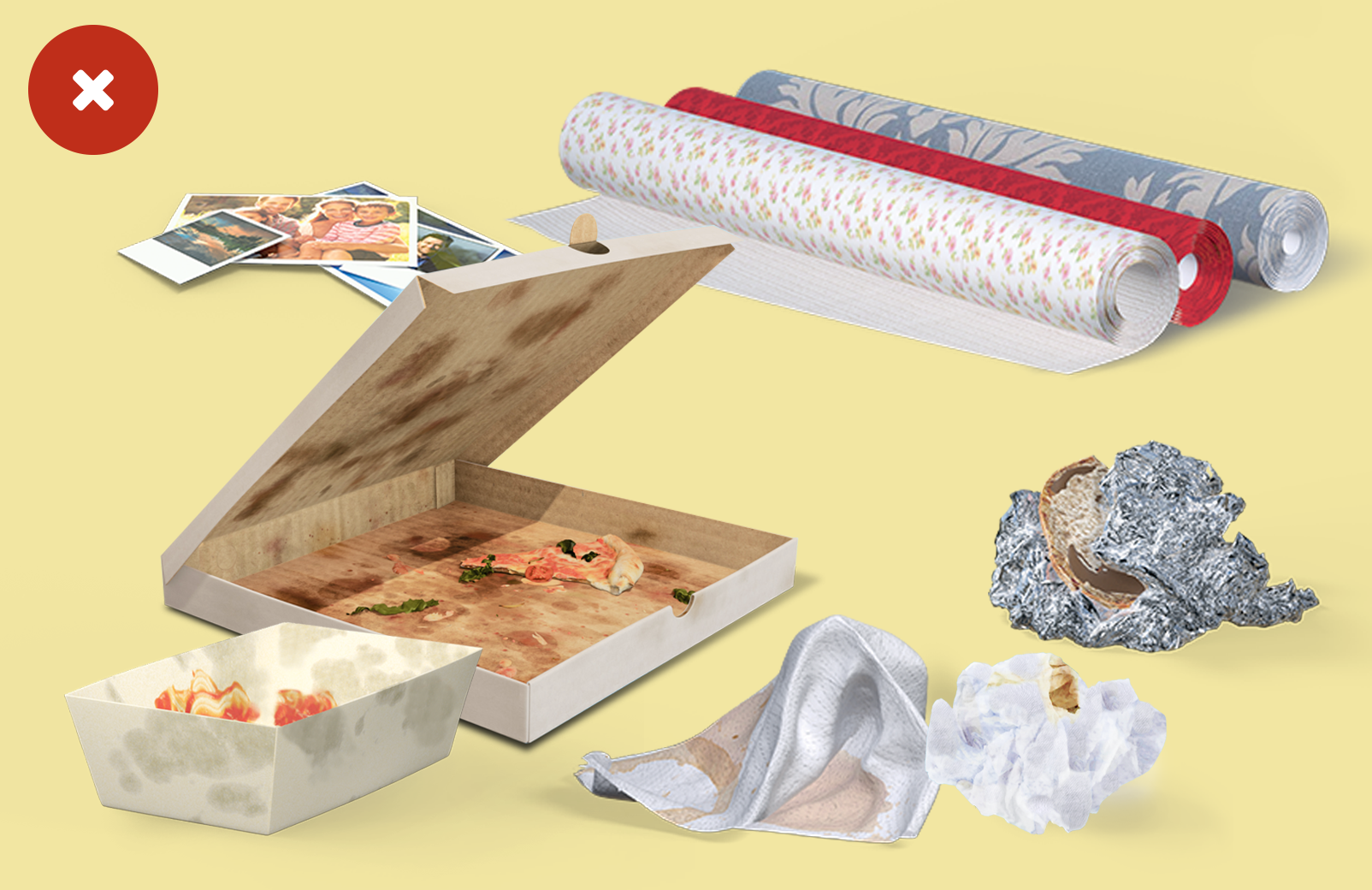
- Dirty, greasy paper and cardboard
- Wallpaper
- Cellophane paper and aluminium foil and bags
Tips for better recycling
- Take newspapers, magazines and folders out of the plastic packaging.
- Stuff paper and cardboard in a cardboard box.
- Don’t use sticky tape to seal the cardboard boxes.
- Avoid overly heavy cardboard boxes.
What's allowed with glass
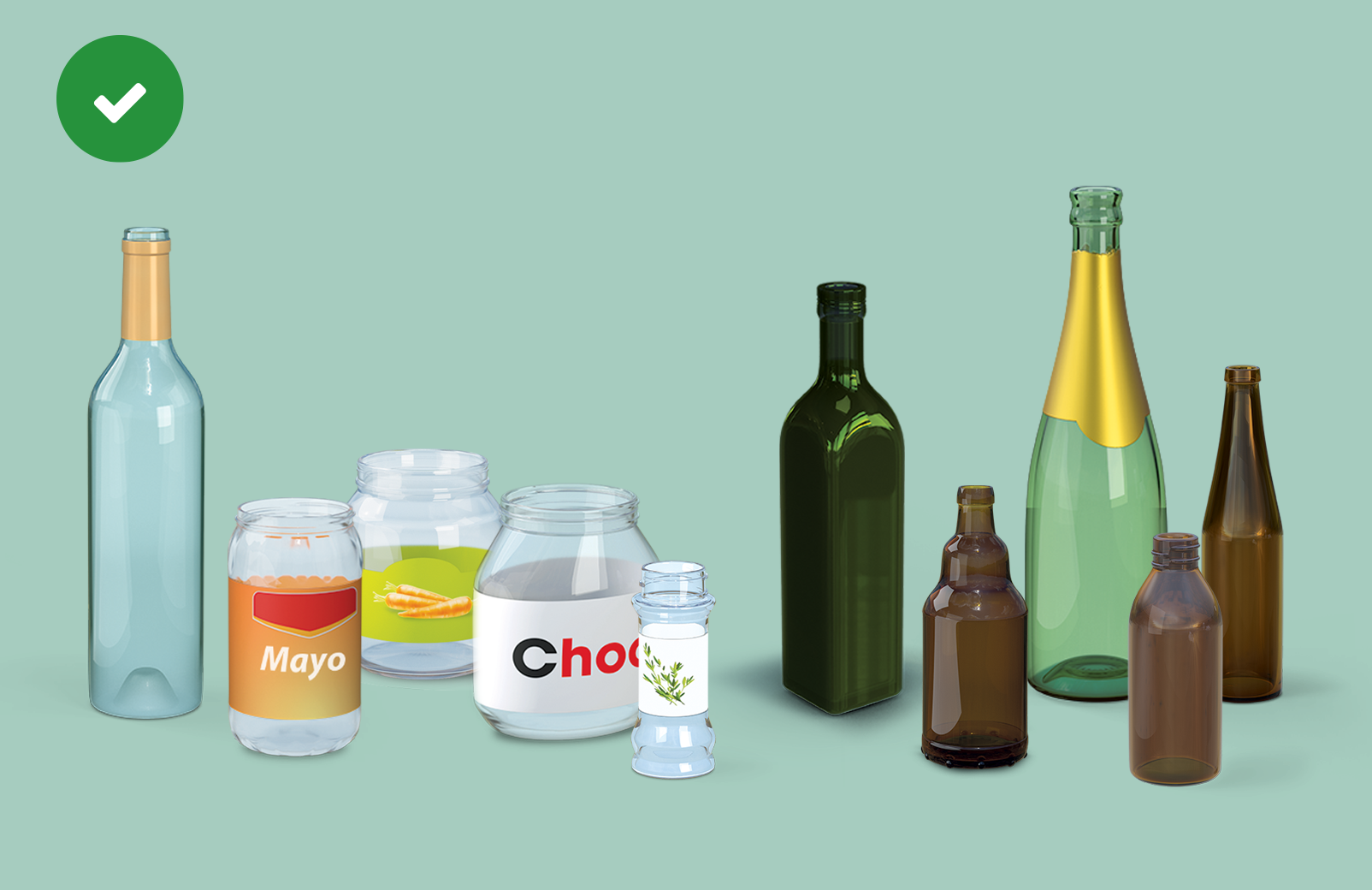
- White glass bottles, jars and containers
- Coloured glass bottles, jars and containers
What's not allowed with glass
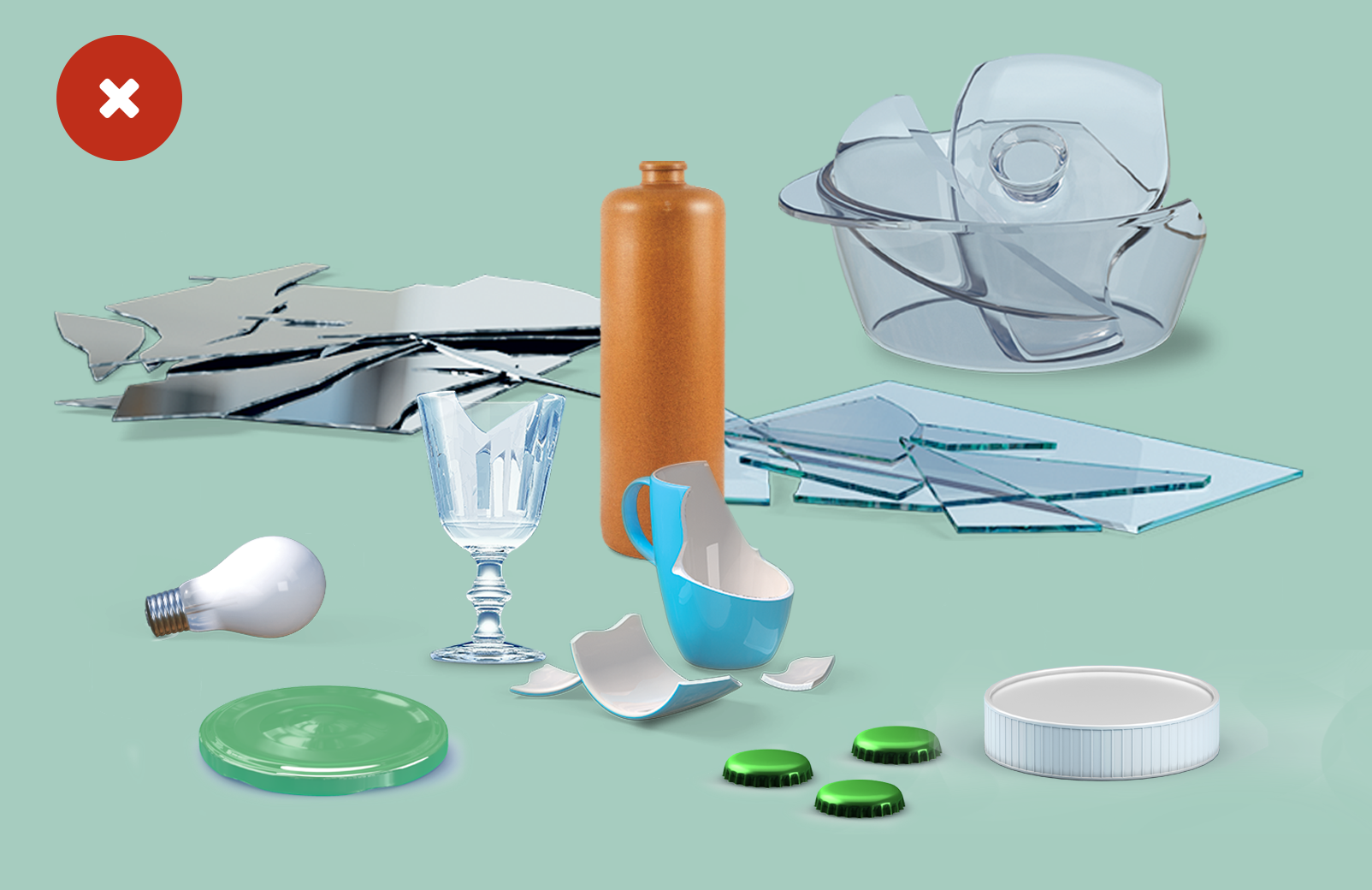
- Opal glass and crystal
- Porcelain, ceramics and terracotta
- Heat-resistant glass
- Sheet glass such as windows and mirrors
- Bulbs
- Lids and tops
Tips for better recycling
- Empty your bottles and jars. There is no need to rinse or wash them.
- Throw clear glass and coloured glass in the right bottle bank.
- Metal or plastic caps and lids belong in the PMD bag.
- Respect the peace and quiet of local residents and only use the bottle bank during the hours stated.
- Don’t leave rubbish around the bottle bank. Fly-tipping is a criminal offence!
- Have you seen packaging that you don’t think is necessary? Too big for the product? Too much material? Let us know using our reporting form! Describe the packaging, tell us where you saw it and explain why you think it is superfluous. The producer will answer your question as soon as possible.

What does the Green Dot logo on your packaging mean?
The Green Dot logo on packaging indicates that the product's manufacturer contributes financially to the collection and sorting of that packaging. However, the logo does not signify that the packaging is recyclable or made from recycled materials. It is also not a sorting instruction: the Green Dot does not tell you where to sort your packaging.
Uncertain about where your packaging belongs? Check the sorting instructions on your packaging!
You might have noticed it. Increasingly, packaging includes specific sorting instructions that clearly indicate where your packaging should be disposed of, such as in PMD, paper-cardboard, glass, or residual waste. If in doubt, make sure to check if these instructions are not mentioned on the packaging.
On the right, you'll find an overview of the instructions and what they mean.
